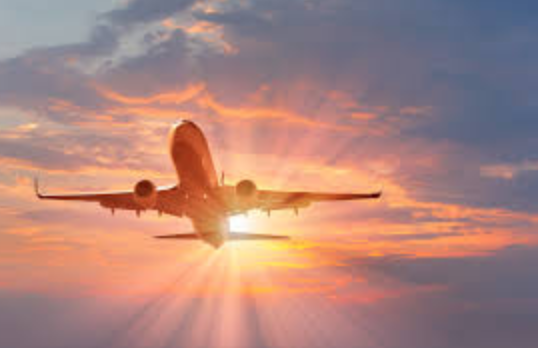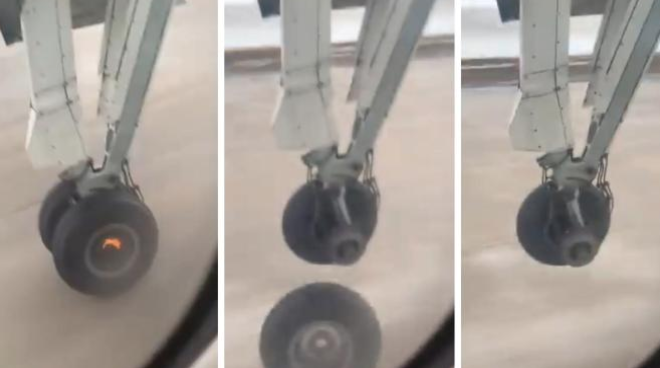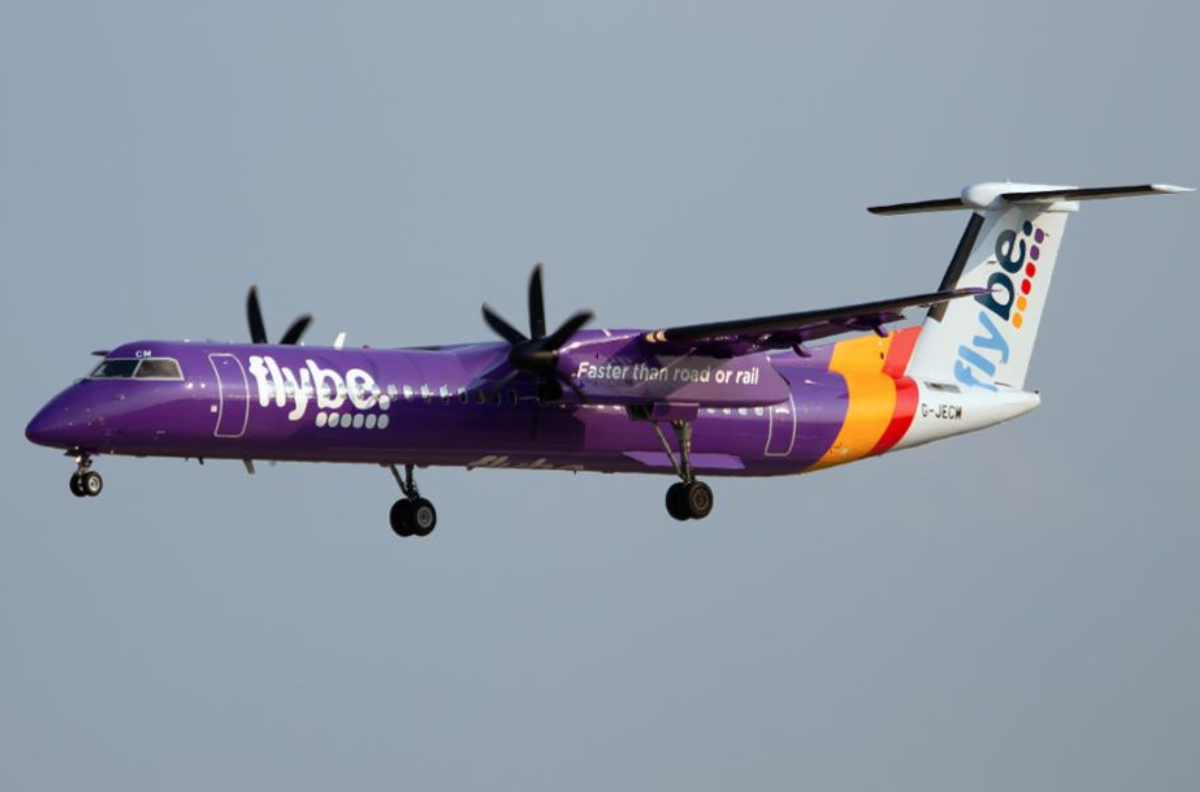The Airline Industry

February 27, 2020
It’s the video that is captivating the nation- a wheel falling off an airliner during the takeoff roll from Montreal, Canada. The Dash-8 aircraft with forty nine passengers and three crew subsequently performed an emergency landing, bursting two additional tires on impact. With the passengers and crew safe, the question remains, “how can something like this happen?”

The airline industry has a history of maintenance-related accidents and fatalities. In January of 2000, AlaskaAir flight 261 crashed after the pilots lost complete control of their airplane due to a horizontal stabilizer jam. An investigation revealed that the accident was caused by improper lubrication of a jackscrew, a device that moves the horizontal stabilizer on an airplane’s tail.
In another incident, American Airlines flight 587 crashed shortly after takeoff from Chicago’s O’Hare International Airport. The leftmost engine of the DC-10 detached from the wing, fell behind the wing, and struck critical control cables, severing them and rendering the plane uncontrollable. The accident was attributed to the improper replacement of the engine cowling by maintenance employees just two weeks prior.
In response to the question, “how does something like this happen,” it is important to realize that human error is the most prevalent cause of airplane related incidents. In fact, according to Boeing, a major airline manufacturer, “Approximately 80 percent of airplane accidents are due to human error” (1). The FAA recommends more extensive oversight and training for maintenance engineers, but in reality, this simply may not be enough.
